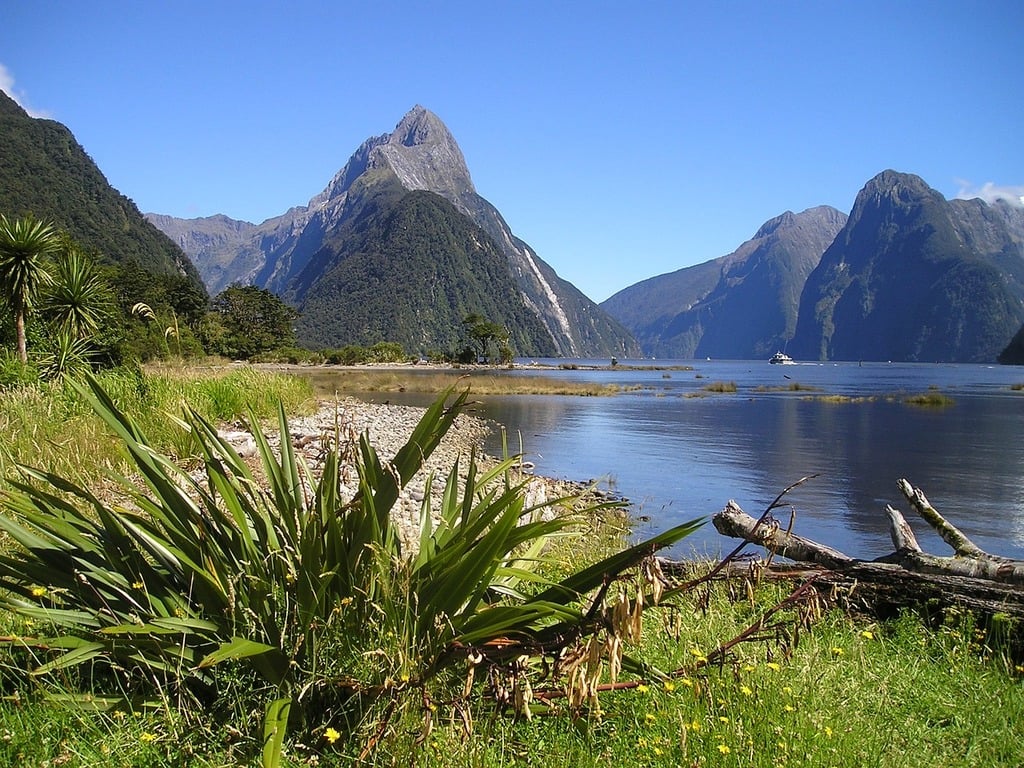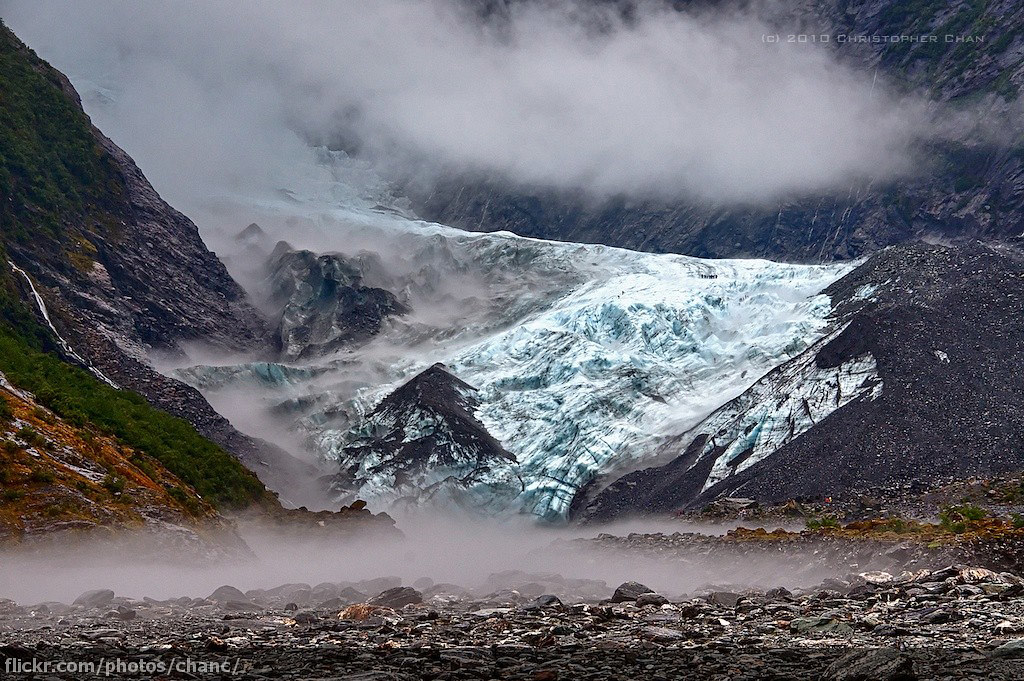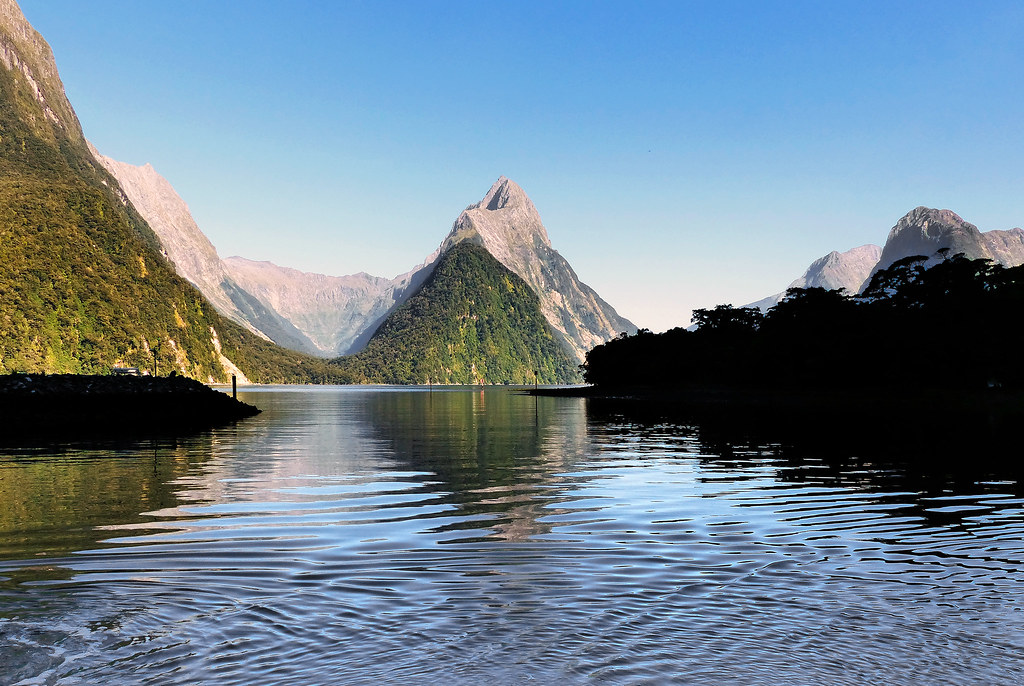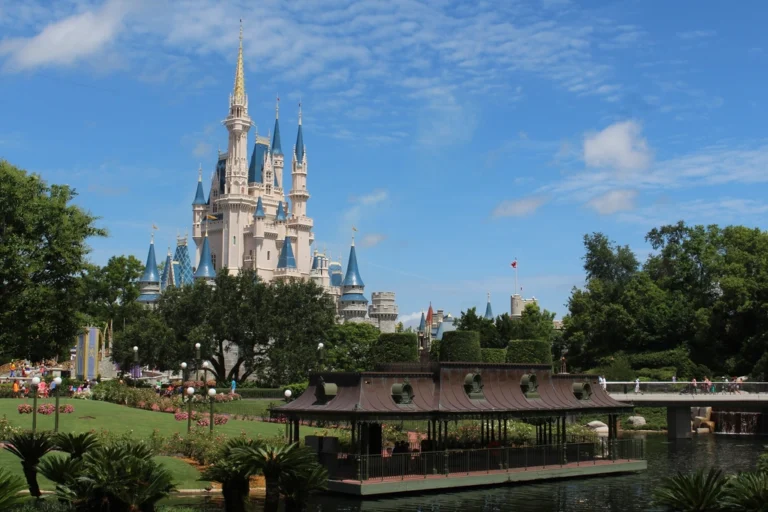A Scenic Road Trip Through New Zealand’s South Island

New Zealand’s South Island is a land of incredible natural beauty. It’s home to the country’s highest mountains, deepest fjords, and most spectacular landscapes. While the North Island is known for Maori culture and geothermal wonders, the South Island offers pure wilderness experiences that feel almost otherworldly.
After three weeks driving these winding roads, I’m convinced this might be nature’s finest canvas. Here’s my journey through this remarkable island.
Christchurch
Most South Island journeys begin in Christchurch, a city with an inspiring story of resilience. Following major earthquakes in 2010 and 2011, Christchurch reinvented itself with creative solutions like the cardboard Transitional Cathedral and the vibrant container mall on Cashel Street.
Before hitting the road, take time to explore:
- The beautiful Botanic Gardens
- A relaxing punt ride on the Avon River
- The rebuilt city center with its mix of heritage and modern buildings
What I loved most about Christchurch was its spirit of renewal. Street art brightens formerly damaged buildings, pop-up galleries showcase local talent, and cafés serve some of New Zealand’s best coffee. This isn’t just a city recovering—it’s one reimagining itself.
Kaikoura: Where Mountains Meet Marine Wonders
Heading north from Christchurch along Highway 1, the Pacific Ocean becomes your travel companion. The coastal road offers stunning views of waves crashing against rocky shores.
Kaikoura sits on a narrow strip of land where mountains nearly touch the sea. This unique geography creates one of the world’s richest marine environments:
- Sperm whales live here year-round
- Dusky dolphins play in pods of hundreds
- Seals lounge on rocky outcrops
My morning swimming with wild dolphins was life-changing. Unlike managed experiences elsewhere, Kaikoura’s dolphins choose to interact with humans out of curiosity. I found myself surrounded by playful creatures that seemed just as interested in me as I was in them.
The 2016 earthquake dramatically changed this coastline, raising the seabed by several meters. While devastating at the time, this event created new marine habitats that scientists still study today.
Don’t leave without trying the local crayfish (rock lobster), ideally from one of the simple roadside trailers where locals have served fresh seafood for generations.

Arthur’s Pass: The Great Alpine Crossing
From Kaikoura, cut inland toward the Southern Alps via Highway 7. This route takes you through North Canterbury wine country before climbing into the dramatic mountain scenery of Arthur’s Pass National Park.
The road itself is an engineering marvel, especially the viaduct spanning an area prone to avalanches. Driving here gives you appreciation for the challenges early settlers faced when creating this east-west connection.
At 920 meters above sea level, Arthur’s Pass village offers access to fantastic hiking trails:
- The Devil’s Punchbowl Walking Track leads to a 131-meter waterfall
- Avalanche Peak rewards more ambitious hikers with panoramic views from coast to coast
Watch for kea, the world’s only alpine parrot. These clever, endangered birds are known for their mischievous habit of dismantling cars and backpacks. They’re delightful to watch—just keep an eye on your belongings!
Franz Josef and Fox Glaciers: Ice Giants in Rainforest
Descending from Arthur’s Pass to the West Coast, you’ll notice the landscape change dramatically. The western slopes receive over 5 meters of annual rainfall, creating lush temperate rainforests that contrast beautifully with snow-capped mountains.
The coastal road passes wild beaches with driftwood sculptures and small towns like Hokitika, where you can watch artisans carve greenstone (jade) or blow glass.
Further south are the Franz Josef and Fox Glaciers—among the most accessible glaciers in the world. Unlike typical glaciers that end high in mountains, these flow almost to sea level through rainforest, a phenomenon found nowhere else outside New Zealand.
You can:
- Take a guided hike to the terminal face of Franz Josef
- Join a helicopter tour for overhead views
- Witness the effects of climate change as receding ice creates new glacial lakes
Nearby Okarito offers New Zealand’s largest natural wetland, home to the rare white heron (kotuku). Kayaking these peaceful lagoons at dawn, watching first light hit Mount Cook while birds call around you, creates moments of perfect tranquility.

Queenstown and Wanaka: The Southern Lakes Jewels
Continuing south, you’ll reach the Southern Lakes region. Lake Wanaka and Lake Hawea shine like blue gems surrounded by golden mountains, their clear waters perfectly reflecting the surrounding peaks.
Queenstown, nestled beside Lake Wakatipu and circled by the aptly-named Remarkables mountain range, is New Zealand’s adventure capital. While many come for bungy jumping and jet boating, I found equal joy in:
- Hiking the Ben Lomond track for sunrise views
- Cycling the Queenstown Trail through vineyards
- Exploring historic gold mining villages
The food scene here is outstanding. Try Rata for sophisticated local cuisine, or join the queue at Fergburger for legendary burgers. The Central Otago region produces world-class Pinot Noir, available for tasting at boutique wineries with mountain backdrops.
Beyond the adventures and food, Queenstown offers something more valuable: perspective. Standing at Bob’s Peak as sunset colors the mountains, watching tiny boats make ripples across the vast lake, you feel part of something much greater than yourself.
Milford Sound: Fiordland’s Crown Jewel
No South Island trip is complete without visiting Fiordland National Park. The Milford Road from Te Anau is considered one of the world’s most scenic drives, passing through:
- Ancient beech forests
- Alpine meadows
- The perfectly U-shaped Eglinton Valley
- The dramatic Homer Tunnel, blasted through solid rock in the 1930s
Emerging from the tunnel, you descend into Milford Sound, where vertical cliffs rise 1,200 meters directly from the sea, decorated with waterfalls that pour from hanging valleys.
Despite its name, Milford is actually a fjord—a glacially carved valley filled by the sea. While boat cruises are popular, I chose a dawn kayaking trip. Paddling on mirror-calm water beneath towering Mitre Peak creates a sense of scale and silence that photos can’t capture.
Milford’s magic multiplies in the rain, when hundreds of temporary waterfalls cascade down cliff faces that appeared dry just hours before. It’s worth embracing the region’s famous weather rather than avoiding it.

The Catlins: Wild Southern Coast
From Fiordland, take the less-traveled Southern Scenic Route through the Catlins. This region, where farmland meets wild coastline, sees fewer tourists, offering solitary communion with nature.
Don’t miss:
- Nugget Point Lighthouse overlooking rocky islets that resemble gold nuggets
- Curio Bay’s 180-million-year-old petrified forest, visible at low tide
- Yellow-eyed penguins (hoiho) coming ashore at dusk
- Cathedral Caves, massive sea caverns accessible only at low tide
Standing inside these echoing chambers, watching waves through the cave entrance, I felt connected to geological time in a way that modern life rarely allows.
Dunedin and the Otago Peninsula: Scottish Heritage and Wildlife Haven
The final leg brought me to Dunedin, a city with strong Scottish roots evident in its architecture and street names. The nearby Otago Peninsula offers wildlife experiences that rival the Galapagos:
- The world’s only mainland royal albatross breeding colony
- Sea lions lounging on beaches
- Fur seal nurseries where pups play in protected rock pools
From Dunedin, I followed the east coast north, completing my circuit back to Christchurch. Along the way, I stopped at Oamaru’s well-preserved Victorian buildings and the perfectly round Moeraki Boulders—giant stone spheres emerging from coastal erosion like marbles from some ancient game.
Reflections on the Journey
Driving 2,500 kilometers around the South Island gave me more than beautiful views. It offered lessons in geology, ecology, and human adaptation to both challenging and nurturing environments.
What makes New Zealand’s South Island special isn’t just individual attractions but their diversity and proximity. In a single day, you can experience alpine environments, rainforests, and coastal ecosystems—each pristine and distinct, yet connected.
The road trip format enhances this experience. Unlike destination-focused travel, the journey itself becomes the adventure. Each turn reveals new vistas, each stop offers discoveries, and the freedom to set your own pace creates a personal connection with the landscape.
As overtourism threatens many global destinations, New Zealand’s commitment to conservation offers a model for sustainable tourism. The Department of Conservation’s network of trails and facilities makes wilderness accessible without compromising its character.
For those planning their own South Island adventure, my advice is simple:
- Allow more time than you think necessary
- Embrace the changeable weather
- Remember that the best moments often happen when you venture down that unmarked side road or trail
New Zealand’s South Island doesn’t just offer scenery—it offers perspective on our place in the natural world, a perspective increasingly valuable in our disconnected modern lives.



